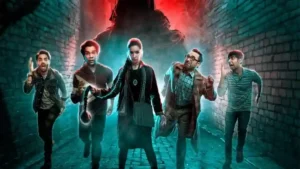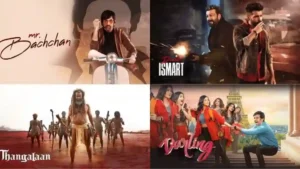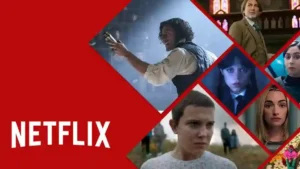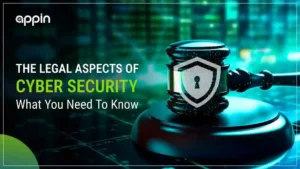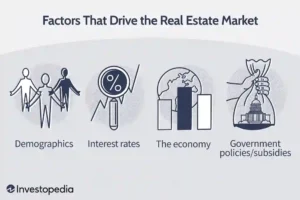Kemono Party: The Wild West of Online Creativity
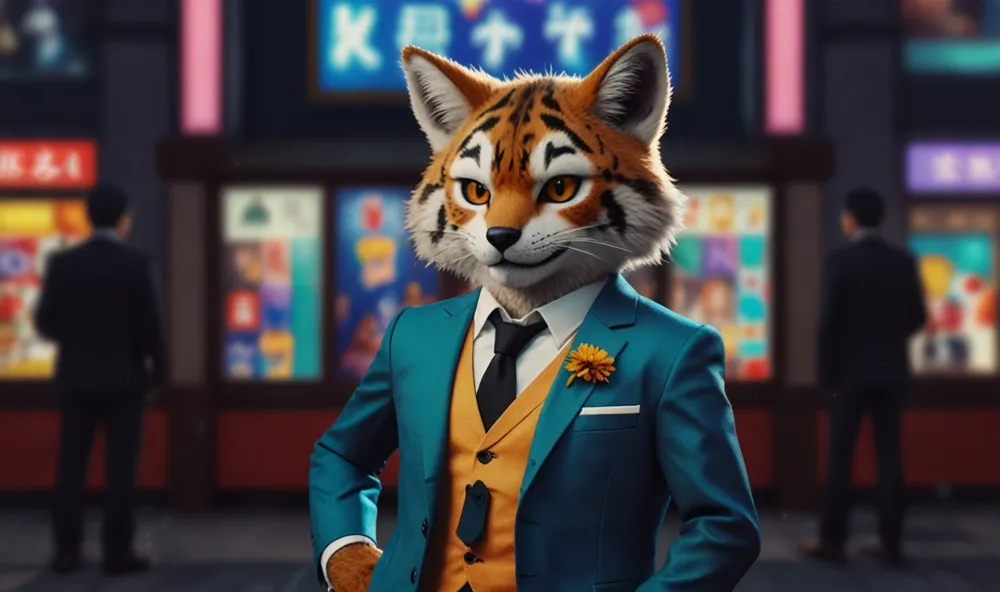
I first heard about Kemono Party the way most people probably do—by accident. One minute, I was looking for a specific artist’s work. Next thing I know, I’m knee-deep in a website that feels like the internet’s last lawless frontier. No algorithm telling me what to like. No ads screaming at me to buy some weirdly specific gadget I Googled once in 2017. Just pure, unfiltered art.
And let me tell you, it’s glorious.
If you’ve never been to Kemono Party, let me paint a picture. Imagine DeviantArt had a chaotic little sibling who ran away to start an underground art scene. Now add a bunch of hyper-talented indie creators, take away corporate nonsense, and sprinkle in a dash of internet anarchy. That’s the vibe.
So, What the Hell Is Kemono Party?
Alright, let’s break it down. Kemono Party is an online platform where artists share their work freely, without paywalls, weird restrictions, or some faceless corporation deciding what gets seen. It’s especially popular in niche art circles—furry art, anime-style illustrations, fantasy world-building, webcomics, and basically anything that’d make your aunt squint and ask, “Is this one of those Japanese cartoons?”
But it’s not just an art gallery. It’s a full-blown creative community where fans actually engage with artists. No screaming into the void. No posting your work only to have it get buried under a million influencers selling teeth-whitening kits. Just people actually looking at—and talking about—your art.
And if you’re thinking, “Wait, isn’t this just another DeviantArt?” Nope. DeviantArt is like a curated museum. Kemono Party is the underground art rave happening in an abandoned warehouse.
Why Do People Love It?
1. No Paywalls, No Bullsh*t
If you’ve ever tried to follow an artist on Patreon, you know the struggle. You get a teaser of a new comic, only to see the dreaded message: “Unlock this post by pledging $10 a month!”
I get it—artists need to make money. But as a broke art enjoyer, I also need to eat. Kemono Party gives you full access to content without forcing you to pay a subscription fee just to see if you even like an artist’s work.
It’s like stumbling into an open studio where every artist just wants you to enjoy their creations. No velvet ropes, no VIP sections—just art.
2. The Art is Insane
You know when you find an artist so good it physically hurts? Like, you look at their work and suddenly all your childhood doodles feel like crimes against paper? Yeah, Kemono Party is full of those artists.
One time, I found a guy who makes hyper-detailed sci-fi landscapes that look straight out of a big-budget movie. Another time? I got lost in a webcomic about a vampire who runs a gas station in the middle of nowhere.
Every time I visit, I find something completely unexpected. And that’s the magic of it—you never know what weird, wonderful thing you’re going to stumble across next.
3. Artists Actually Get Seen
Quick rant: social media is terrible for independent artists.
Instagram? Buries your posts unless you’re a brand or a thirst trap. Twitter? Good luck getting traction unless you master the dark art of engagement farming.
Kemono Party, on the other hand, puts art front and center. No weird algorithms deciding who “deserves” exposure. No “pay-to-play” nonsense. If your art is good, people will see it. Period.
I once watched a small-time artist go from 10 followers to a full-blown fandom overnight because someone discovered their work here. That kind of thing never happens on corporate-run platforms.
A Community That Actually Feels Like a Community
You ever comment on an artist’s post and actually get a response? Yeah, that’s a thing here.
People don’t just scroll past and hit “like”—they talk. They ask about techniques, hype up their favorite creators, even throw out wild story ideas that somehow turn into full-blown collaborations.
One time, I saw a guy jokingly suggest an artist draw a “goth alligator bartender.” Two days later? Boom. Fully-rendered character concept. The internet at its finest.
It reminds me of old-school forum culture—back when people actually interacted instead of just doomscrolling. And honestly? It’s refreshing.
But Wait… Isn’t This a Little Controversial?
Okay, yeah. Kemono Party exists in a bit of a gray area.
Some people call it “art piracy” because it allows free access to content that’s often locked behind paywalls. Others argue it’s just a more open way to share creativity.
Where do I stand? Well, let’s just say… I see both sides.
Artists deserve to get paid. No argument there. But at the same time, the internet should be a place where creativity flows freely. If people discover a new artist through Kemono Party, there’s a good chance they’ll go follow them, commission them, or support them in other ways.
It’s not a perfect system. But then again, what is?
What’s Next for Kemono Party?
I have no idea, and that’s what makes it exciting.
Could it evolve into something bigger? Absolutely. Imagine if artists could integrate tip jars or commission links directly into their pages. Or if there were built-in collab tools for creators to work on projects together.
Or, you know, it could stay exactly as it is—an unfiltered, unpolished, gloriously chaotic haven for artists and fans alike.
Either way, I’m sticking around to see where it goes.
Final Thoughts (a.k.a. My Last Attempt to Get You to Check This Out)
If you love art, fandom communities, or just discovering insanely talented creators before they blow up, Kemono Party is worth your time.
You might lose an afternoon scrolling. You might develop a sudden urge to start drawing again. You will come across something that makes you go, “Wow, I never knew I needed this in my life, but here we are.”
So go take a look. And if you find an artist whose work makes your brain short-circuit from how good it is? Share their stuff. Leave a comment. Maybe even commission something.
